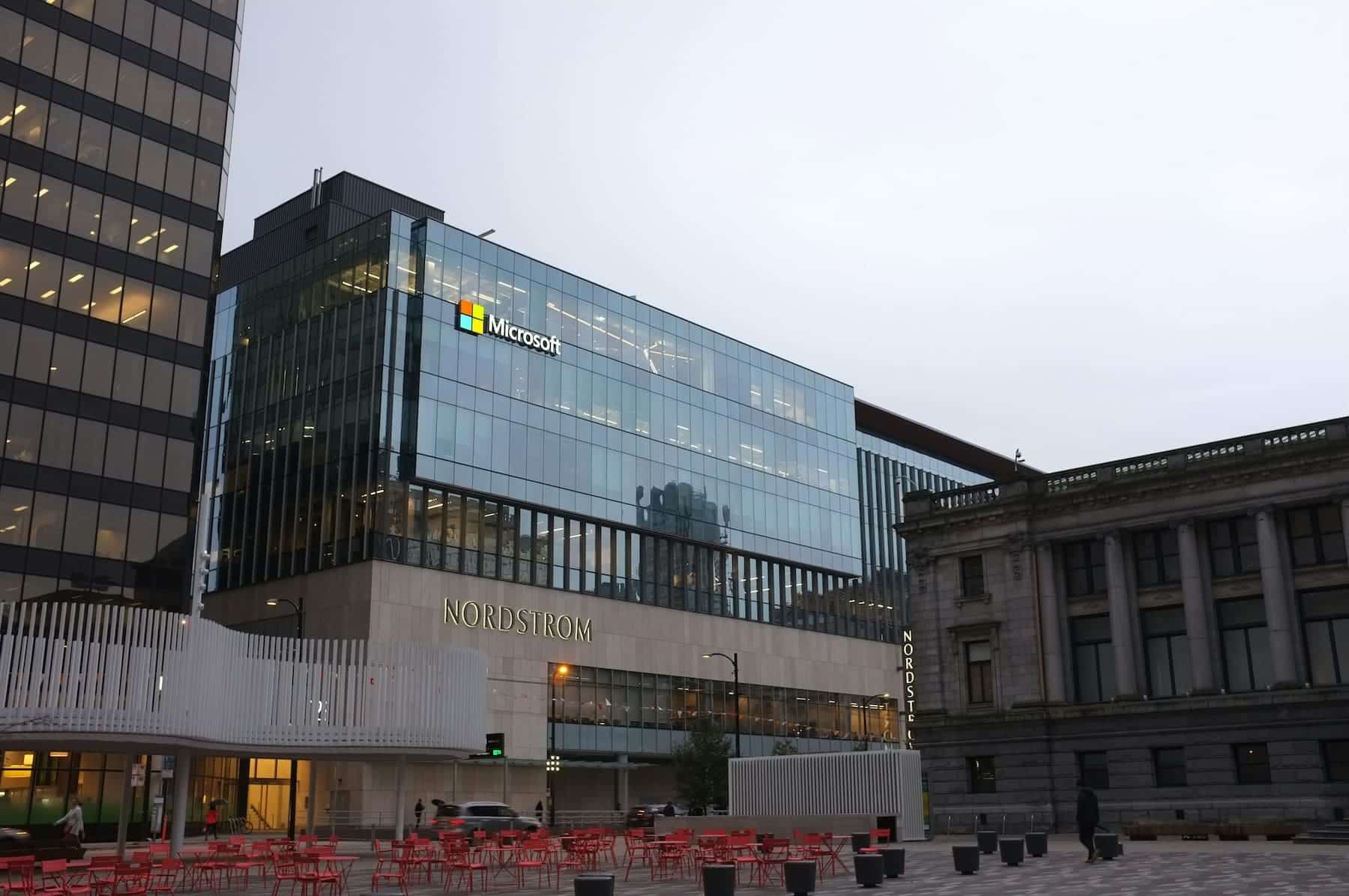Sure! Here’s the translation:
—
The production of Microsoft’s first artificial intelligence chip has been postponed until 2026, with initial results indicating lower performance than NVIDIA’s Blackwell architecture.
Microsoft, one of the tech giants most committed to generative artificial intelligence, is facing challenges in its efforts to reduce reliance on NVIDIA. According to a recent report from The Information, the development of its proprietary AI chip, code-named Braga, has encountered an additional delay of up to six months and will not reach mass production until 2026.
This new timeline represents a delay of up to six years since the company began the project. Even more concerning is that the initial performance results are not encouraging: the Braga chip does not outperform NVIDIA’s Blackwell architecture, which was introduced in 2024 and has since become the benchmark for AI workloads.
A Costly and Complex Race
The motivation behind the development of custom chips like Braga is clear: to reduce dependence on NVIDIA, whose accelerators have become essential for training and deploying large language models. Companies like Google (with TPU) and Amazon (with Inferentia and Trainium) have opted to develop their own hardware solutions for data centers, seeking efficiency, cost savings, and technological sovereignty.
However, even with significant resources invested, Microsoft has not yet managed to surpass NVIDIA’s leadership. The high cost of R&D, multiple revisions in chip design, and the complexity inherent to such projects have pushed the company to postpone its strategy. Additionally, simultaneously, the company has scaled back its investment in some AI projects, reflecting a certain moderation of the enthusiasm that dominated the sector in recent quarters.
Huang Responds: “Why Compete if NVIDIA Does It Better?”
Jensen Huang, CEO of NVIDIA, has directly addressed the competition regarding custom chips. While he acknowledges that major tech companies are working on their own solutions, he reiterates that NVIDIA remains the leader in performance, scalability, and ecosystem. “Why design custom chips if NVIDIA does it better?” he has questioned.
This comment is not just a show of confidence, but a reflection of the difficult path companies like Microsoft face: designing, testing, optimizing, and producing chips in a rapidly evolving market where NVIDIA maintains a consolidated competitive advantage in both hardware and software.
What’s Next for Microsoft?
Despite the setback, Microsoft has not abandoned its ambitions. The Braga chip, along with the ARM CPU Maia 100 and other infrastructure initiatives, is part of the company’s long-term plan to strengthen its position in the AI cloud, especially in Azure.
The key question is whether, by 2026, Braga will be relevant in an ecosystem where NVIDIA will already be advancing towards new architectures. Recent history suggests that developing a competitive chip is not enough: it also needs to be accompanied by mature software, developer tools, and global production capacity. In that arena, Microsoft still has an edge to overcome.
Conclusion: Microsoft’s attempt to “overthrow” NVIDIA’s dominance in AI is at a critical phase. While ambition is clear, the delays with Braga and its lower performance leave the company in a fragile position. NVIDIA’s leadership remains, for now, without real threat.
via: wccftech and the information

